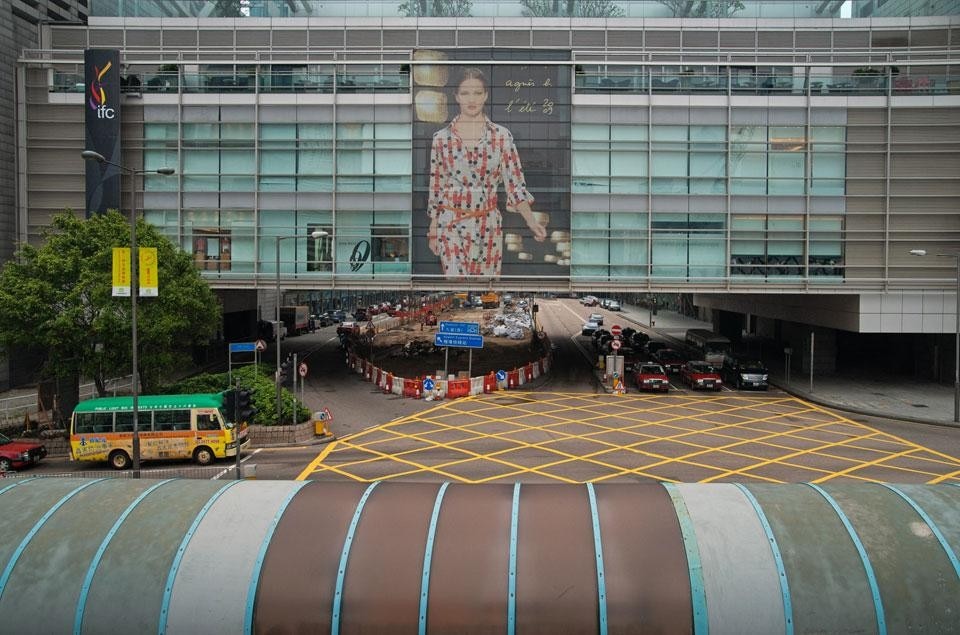"The life of Hong Kong is a mystery: the job of photography is not just to capture reality but also the imaginary that is hidden in its landscape". This is how photographer Dick Chan, born in Guangzhou in 1969, defines the eighth art.
A photographic reporter and editor with a Masters in International Communications from the University of Leeds (UK) followed by a time with the Salvation Army, in recent years Chan has dedicated himself above all to photographing architecture. His work, shown recently at Hong Kong's Blindspot Gallery, compares the metamorphosis of the old neighbourhoods — made up of factories, skyscrapers and council housing — with the accelerated modernisation of the Asian megalopolis.
In Chan's photographs, the mutating panorama of the urban landscape uses a visual language that describes the invisible, the abstract and the lure of a city that each day defines and changes its prospects and dynamics.
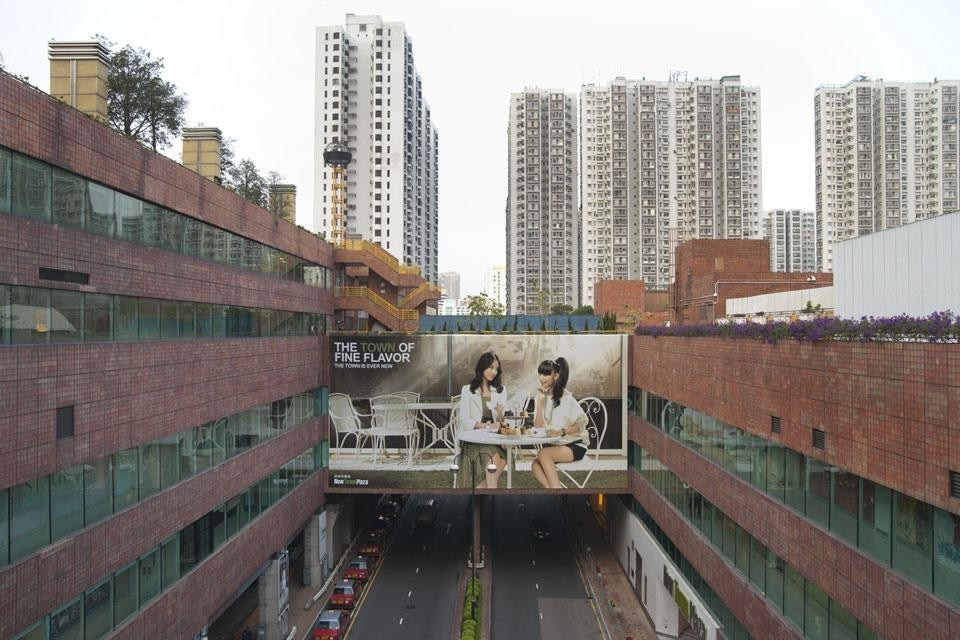
Dick Chan: Being a photo-journalist allows you to take pictures in a way and of a type that is absolutely traditional. Instead, fine-art photography of architecture of the kind I am working on at the moment — relating to an overview of the city —, gives you the chance to be experimental and capture what you can't see. Since 2007, after studying in the UK and after a number of humanitarian projects in Sri Lanka and India, I have dedicated myself mostly to my own work. In Hong Kong it is difficult to concentrate just on your own artistic ideas, mostly because there is a high level of competition. My approach today is more serial, not documental and with less commercial intentions. I am focused on ordinary everyday life.
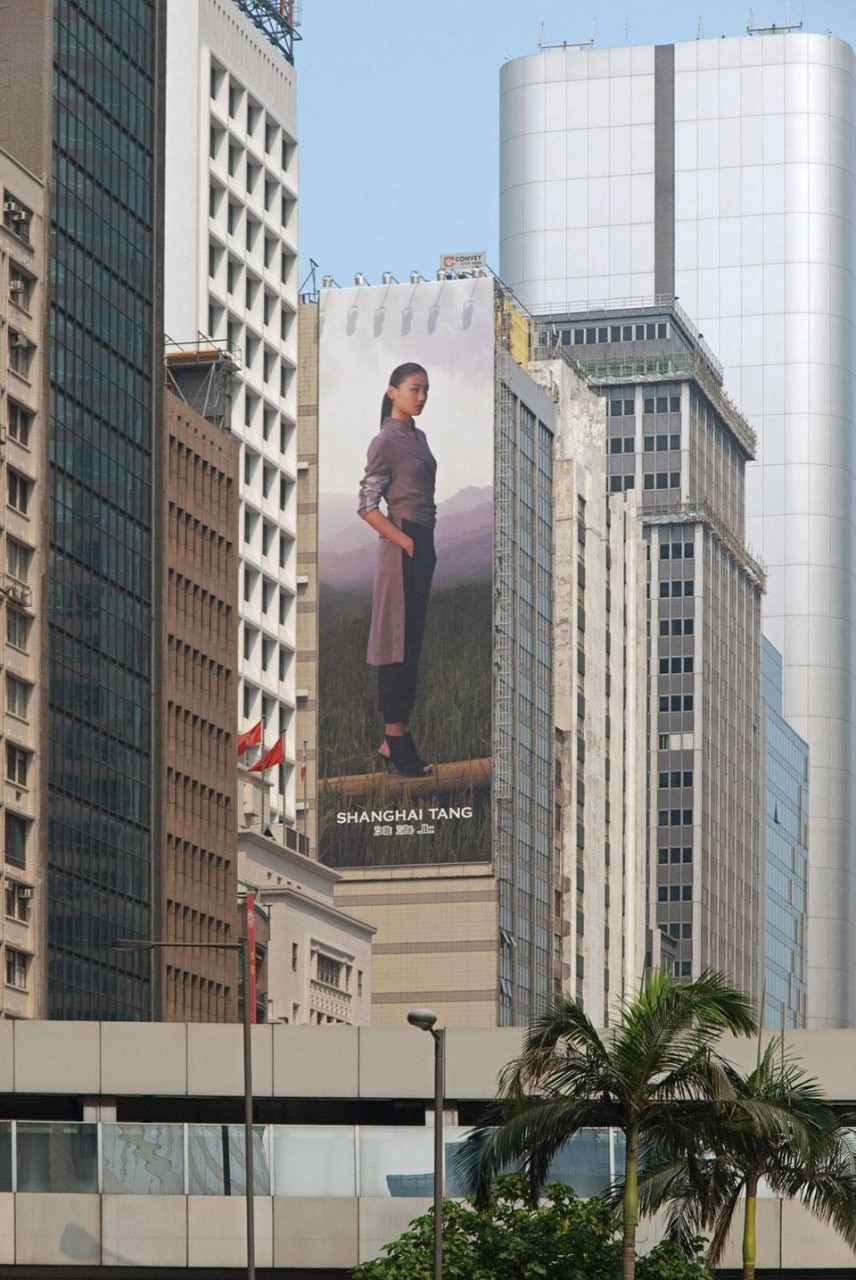
Looking at it from the outside it seems to be attractive and international, but in reality it is a place where it is impossible to find real life. The fact that you don't have an intimate relationship with nature and you can't see the sky, has transformed us into a human species that is different from how we were created. Today we live in very high buildings with fifty or seventy floors, we no longer have a relationship with the ground, we are without roots. Over 400 families live in these huge skyscrapers but we don't know anyone. We live independently from one another without creating a community. We lead a life with no rest, the money that we earn is spent on material goods but in the end we don't know what life is.
How does the city come across in its changes, how does the architecture appear?
Architecture today does not manage to provide a sense of community, many people believe that for this reason our social fabric is deteriorating with respect to the past. Architecture has to improve our life, relationships with people and our idea of the city.
Architecture today does not manage to provide a sense of community, many people believe that for this reason our social fabric is deteriorating with respect to the past
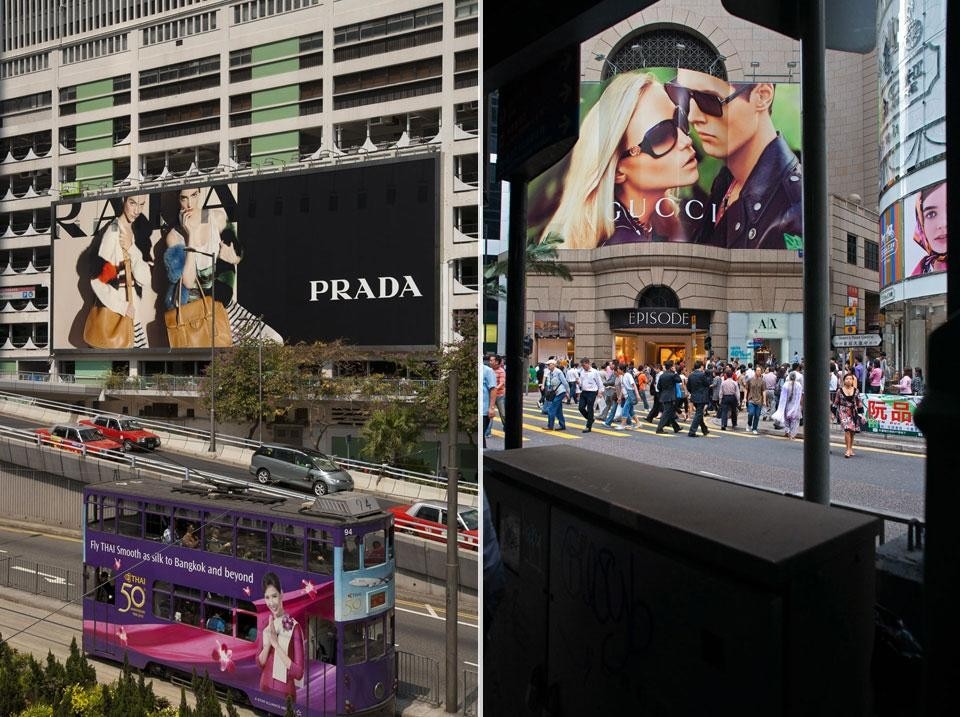
Photography seeks to capture not only real things but also what you don't see, retrieving intimate aspects. There are some landscapes here, ignored by everyone, that reflect our life, what we are seeking and what we truly want to be. Which is why I felt the need to pursue this work on architecture.
Do your forthcoming projects also look at Hong Kong?
I am thinking of moving to Taiwan, there is a need for democracy. I think Hong Kong has become like this really for lack of democracy, and you can see it in the continual protests. Taiwan is a more human place, where you can stop and think about what you really want to be. One example: in Taiwan it takes three days to read a book, in Hong Kong, a city that never stops, you can't even get to the end of one.
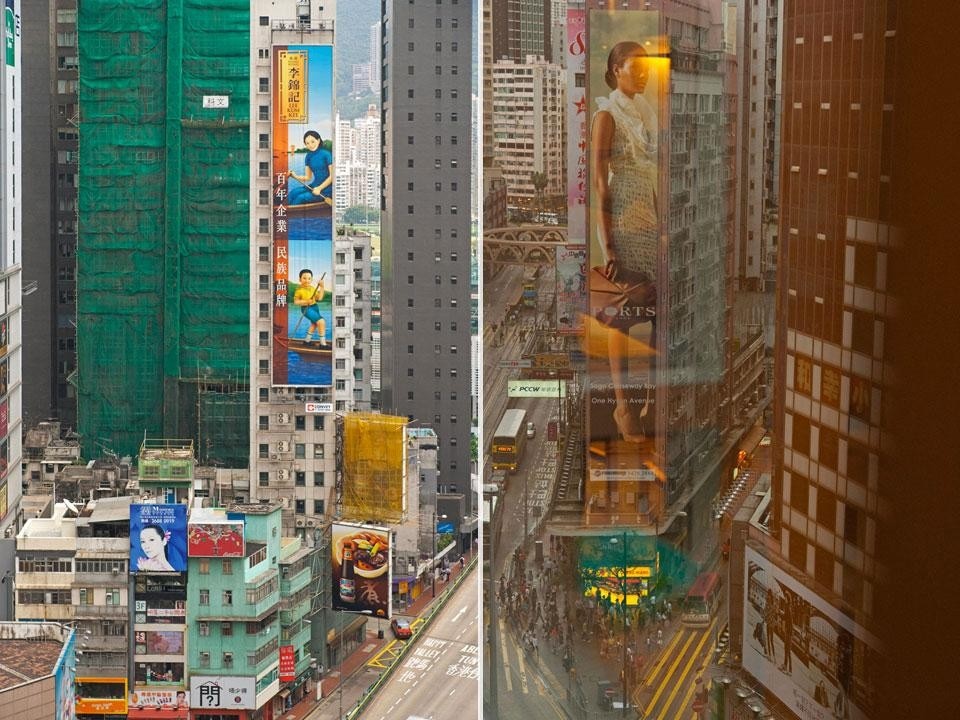
That is effectively what I'm doing, before I was very focussed on capturing people while also making portraits of the city. Now I am interested in spaces and places. Once, during an exhibition, they told me that my photographs hide a mystery, as if the perspectives and dimensions held a secret. I think that both aspects exist alongside one another: what I see is that the buildings have secrets that I want to capture.
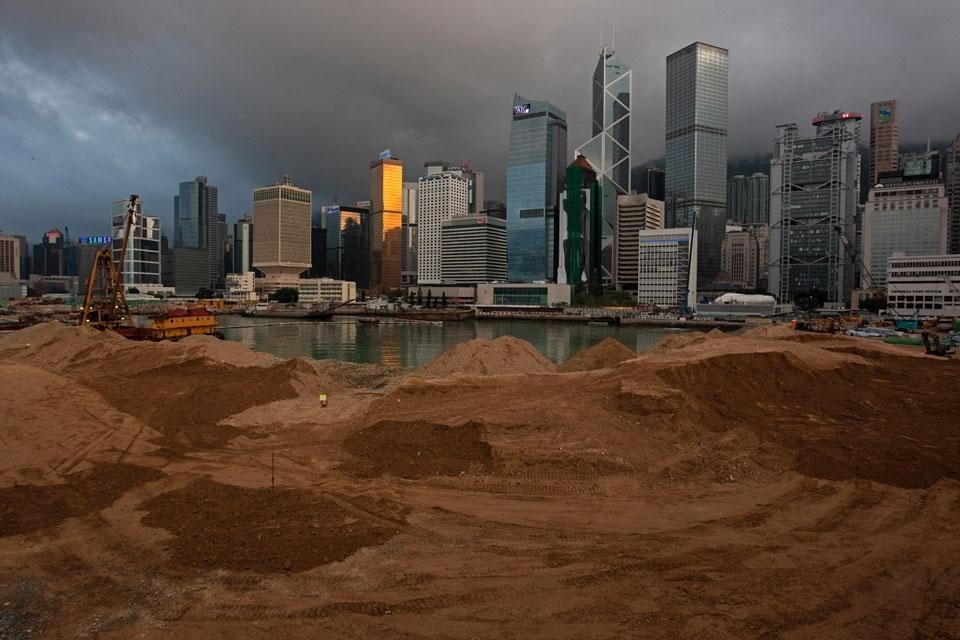
It would be where you can look up at a large portion of sky. Today they are only interested in building taller and taller buidings, bigger than ever, like you see in my Megafauna project, published in a book alongside pictures by another three local artists. "Megafauna" is a term commonly used by archeologists and biologists to describe mammals that weigh more than 45 kg. Homo Sapiens is the only species that, unlike the others, has the impulse to modify his environment thereby destroying his intimacy with nature. Why do we Megafauna of the city have to make such big and invasive things to demonstrate our presence?
What is the perfect time of day to photograph Hong Kong?
Days with bad weather are the best, they border on perfection. When the sun is out the city seems falsely perfect. Instead on rainy days, Hong Kong comes across as exactly what it is.


